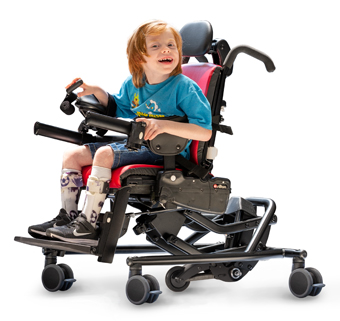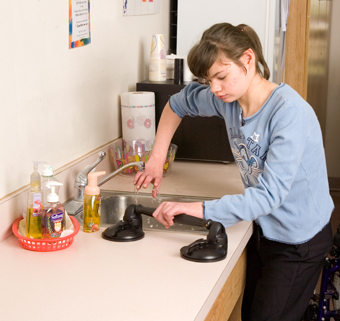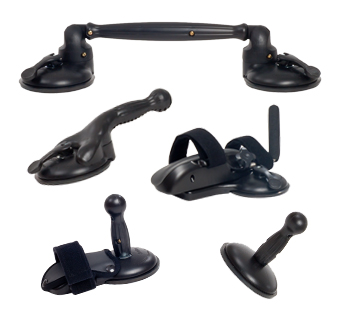The Importance of Head Positioning with Adaptive Seating
| April 2014 Positioning a person with severe disabilities in a seated posture for functional activities requires matching body functions and structures with available seating and positioning technology. With the wide variety of adaptive equipment available today, positioning for function has been made easier. This type of technology allows us to position a child in space for pressure relief, create a stable pelvis for classroom participation or allow access from one environment to the next.
Positioning a person with severe disabilities in a seated posture for functional activities requires matching body functions and structures with available seating and positioning technology. With the wide variety of adaptive equipment available today, positioning for function has been made easier. This type of technology allows us to position a child in space for pressure relief, create a stable pelvis for classroom participation or allow access from one environment to the next.
There are also other aspects important to functional positioning that often do not get much attention because they are inherently part of creating good posture and participation. One of these is head positioning. Reading through the latest issue of “Directions,” the official publication of NRRTS (National Registry of Rehabilitation Technology Suppliers), I came across an article by therapist and ATP Leslie Fitzsimmons called Positioning the Head: Strategies to Improve Head Control and Posture. It brings a great, informative spotlight on why head positioning is so important to adaptive seating. It also provides strategies to improve head alignment. I found the information on using head positioning to help control primitive reflexes and encourage better overall body posturing especially engaging. Some of the information also serves as a timely reminder for the consideration of all aspects of body functions and structures when positioning an individual with special needs for function and participation.




